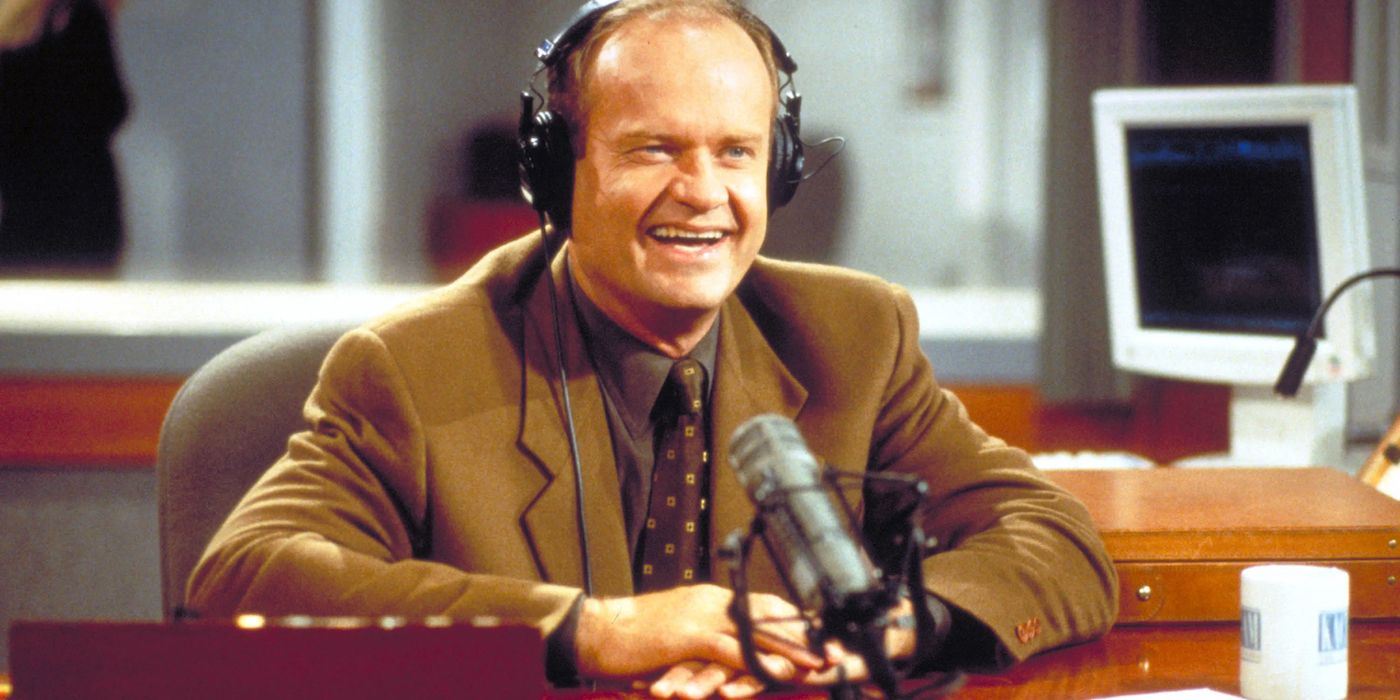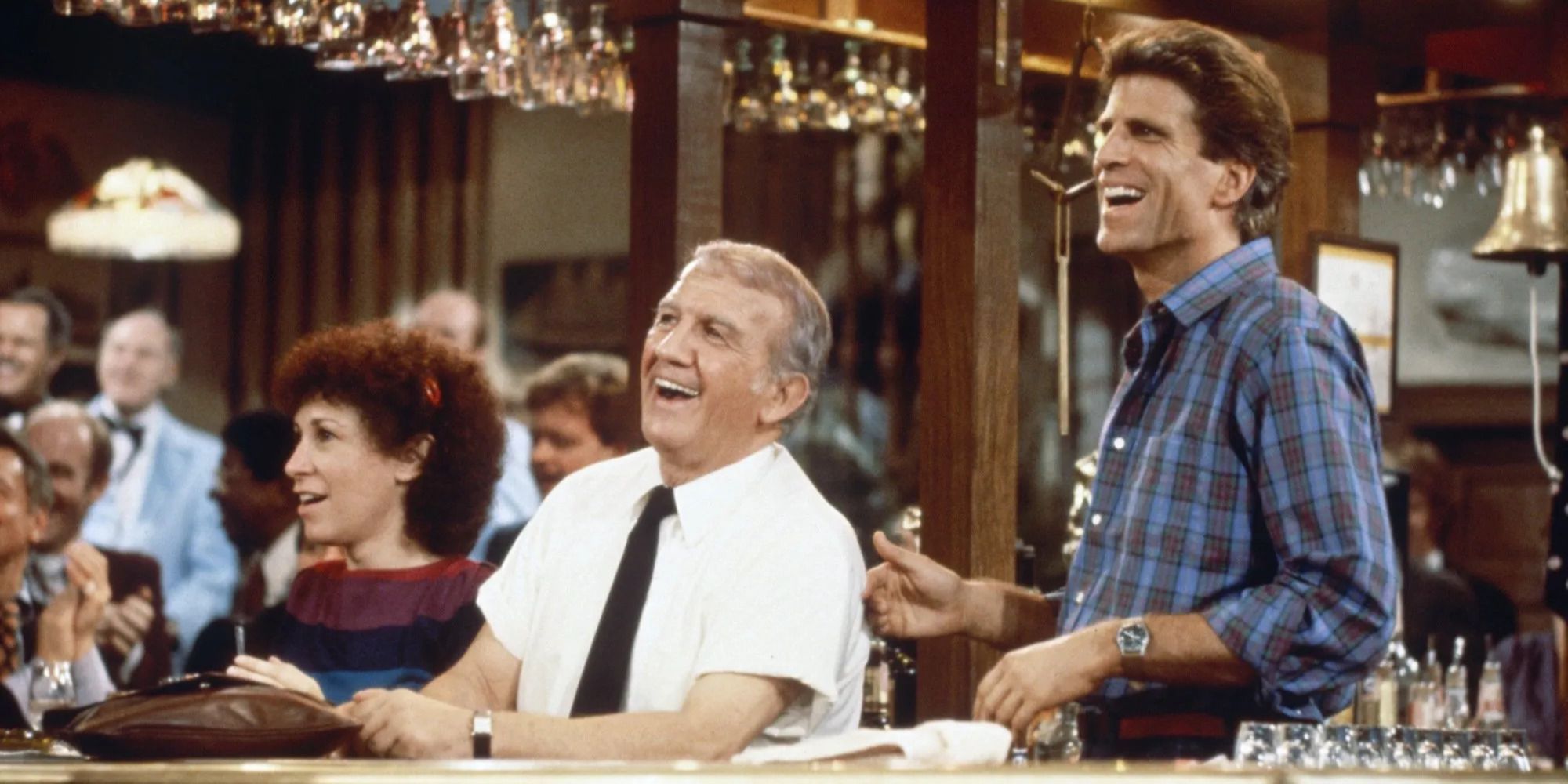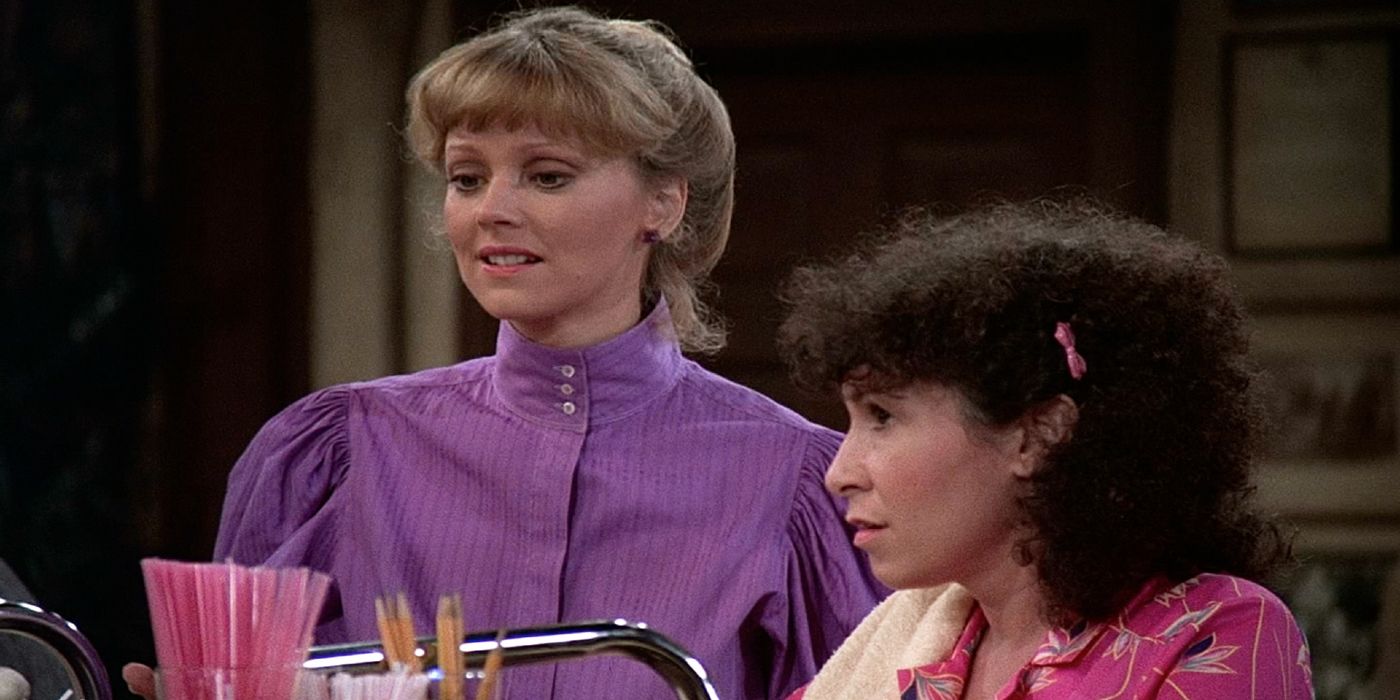The Big Picture
-
Cheers’
enduring setting and dialogue make it relatable across generations. - The show tackled serious topics without being preachy, but lacked racial diversity.
-
Cheers’
impact on sitcom storytelling and ability to rebound from cast changes make it a timeless classic.
A great sitcom evokes the feeling of a place where everybody knows your name. This, as the show’s theme song celebrates, is the driving power behind the success and enduring influence of Cheers. Critically lauded and a popular favorite throughout its original run, the series is, in many ways, the perfect sitcom. It is funny, smart, quick, soulful, filled with indelible characters, and reliable in quality. Now over 30 years since it last opened for business, Cheers has lost a fraction of its cultural mainstay in the 21st century. Where its immediate successors in the sitcom field, such as Seinfeld, Friends, and even its own spin-off, Frasier, appear to carry an active legacy, Cheers has failed to secure a grip on the younger generations. This suggests that the sitcom has aged poorly regarding modern tastes and sensibilities, but in pure quality and impact, Cheers is a timeless product.
Cheers
The regulars of the Boston bar “Cheers” share their experiences and lives with each other while drinking or working at the bar where everybody knows your name.
- Release Date
- September 30, 1982
- Creator
- James Burrows, Glen Charles, and Les Charles
- Seasons
- 11
What is ‘Cheers’ About?
Created by Glen and Les Charles and James Burrows, Cheers centers around the livelihood of the titular Boston bar owned by former Red Sox relief pitcher, Sam Malone (Ted Danson) and the ensemble cast of characters that work at the bar or regularly patronize. Sam’s promiscuous love life is a major overarching narrative, with his on-and-off relationship with waitress Diane Chambers (Shelley Long) serving as the dramatic crux. Rounding out the ensemble is the wisecracking waitress Carla Tortelli (Rhea Perlman), frequent bar dweller and master of entrance one-liners, Norm Peterson (George Wendt), the local psychiatrist and patron, Frasier Crane (Kelsey Grammer), know-it-all mail carrier, Cliff Clavin (John Ratzenberger), and many more recurring guests, with some eventually being elevated to the main cast.
The Enduring Setting and Dialogue of ‘Cheers’
On a surface level, Cheers has aged like a fine wine due to its bar setting. The comfort of the establishment on screen is transmissible to the viewer’s screen. Going to a bar and encountering the same patrons sitting in their de facto assigned seats, and pleasantly conversing with bartenders and servers is an evergreen phenomenon. The basic synopsis of Cheers can be relatable to anyone in their 20s or 60s. Along the same lines, the series is focused on the relationship between friends, as opposed to familial relationships, which most sitcoms dealt with at the time. A large portion of the appeal of Seinfeld and Friends, an obvious attribute of the latter, is the looseness of a show that portrays an authentic camaraderie between friends who operate on a unique personality wavelength. In addition to also operating as a quasi-workplace comedy, Cheers is palatable to a younger audience in 2023.
The claim is often redundant and overused, but Cheers has been taken for granted in the public eye in the last 20 years. While its place in the canon of sitcoms and iconography is firmly secured, the show’s brilliant writing is not met with the same fanfare that its successors are flooded with. Sitcoms that followed in its wake, including the aforementioned Seinfeld, The Office, and 30 Rock have the upper hand in biting cynicism and boundary-pushing character types, but they all share the DNA of Cheers. Most of the dialogue has not aged a day. How characters poke fun at each other and exploit the perceived weaknesses of their friends is a trait audiences have expected from the most mundane sitcoms, and the postmodern wittiness is sure to trigger laughter among all audiences. Humorous lines of dialogue from the show have a lasting power that makes them funny even when removed from the context of the episode.
‘Cheers’ Tackled Addiction and Feminism, But Lacked Racial Diversity
Cheers‘ legacy will likely never be defined by its social consciousness, but the show did occasionally tap into culturally taboo topics at the time of its airing. The series was not afraid to dive into dramatic emotions and serious matters — it was not always defined by the flow of “setup, setup, and punchline.” Especially in the early seasons with Sam and Diane’s tentative romantic relationship, an episode could feature a five-minute stretch with no jokes. Cheers tackled subjects relating to the class divide, feminism, alcohol addiction, and homophobia.
The show managed to delicately handle these subjects without the framing device of the “very special episode,” the signifier used prominently throughout the ’80s and ’90s to alert audiences that a respective episode would handle serious issues. The show was never ostentatious about being an “issues” sitcom — one that would vow to solve all social issues in the country. Because of this, when the show dissected Sam’s previous bouts with alcoholism, combated discrimination against gay bar patrons, or examined the complexities of Diane and Carla’s feminism, it was always natural and never preachy.
This is not to say that Cheers is without its problematic elements through a modern-day lens. The similarities to Seinfeld and Friends do not end with the show’s shared ideology of having your friends be your true family. The lack of racial diversity in Friends has been a frequent point of discourse over the last few years, but this is also the case with all the major sitcoms of the time. The nature of Cheers‘ exclusively white cast is flagrant. In a city like Boston, one would be hard-pressed to find a place with such noticeable racial homogeneity. While most mainstream media was not as diverse in the 1980s as it is today, the show’s choice to ignore any marginalized groups of people is an unfortunate factor that has not aged well.
Sure, here and there, one could pick out jokes in Cheers relating to homosexuality or gender that would not fly today, but as most people understand, it was a different time. Contemporary viewers are more likely to marvel at the nuance that a show running from 1982-1993 practiced regarding social issues. A more notable legacy that Cheers leaves behind is setting the template of numerous sitcom narrative archetypes. The “will they or won’t they?” dramatic tension of Sam and Diane’s teetering romantic relationship laid the groundwork for Ross and Rachel, and Jim and Pam. A rarity for sitcoms at the time, the show would be sporadically serialized, carrying over a storyline across multiple episodes. Today, there are a handful of comedy series that rely on a continuous storyline.
1:11

Kelsey Grammer Wasn’t the First Choice To Play Frasier Crane
Kelsey Grammer’s award-winning role nearly went to another beloved star of the era.
The inopportune alterations in the show’s cast and its swift ability to rebound from them is a testament to Cheers being a well-oiled machine. When Nicholas Colastano, portrayer of Cheers bartender and mentor of Sam, Coach, passed away unexpectedly, the Charles brothers and Burrows effectively adjusted by striking gold with the casting of Woody Harrelson as Woody Boyd. For most shows, the exit of a major cast member in Shelley Long would be derailing, but for Cheers, it hardly missed a beat, as Kirstie Alley stepped in as the new female lead. The sitcom was like a perfectly coached sports team. No matter the obstacles and circumstances in their way, the show delivered consistently.
This standard of excellence speaks to how well Cheers holds up in the modern day. The show, thanks to its tight pacing, modern humor, indelible characters, and a blend of serialized storytelling, is organically designed to be an evergreen series. The finest endorsement of Cheers in the 2020s is its ability to appeal to a wide variety of demographics, which is something that even the most acclaimed shows of today can’t attribute themselves to. For anyone with a remote interest in entertainment, it is your duty to make Cheers a contemporary pop culture landmark.
Cheers is available to stream on Paramount+ in the U.S.
WATCH ON PARAMOUNT+
Source link


